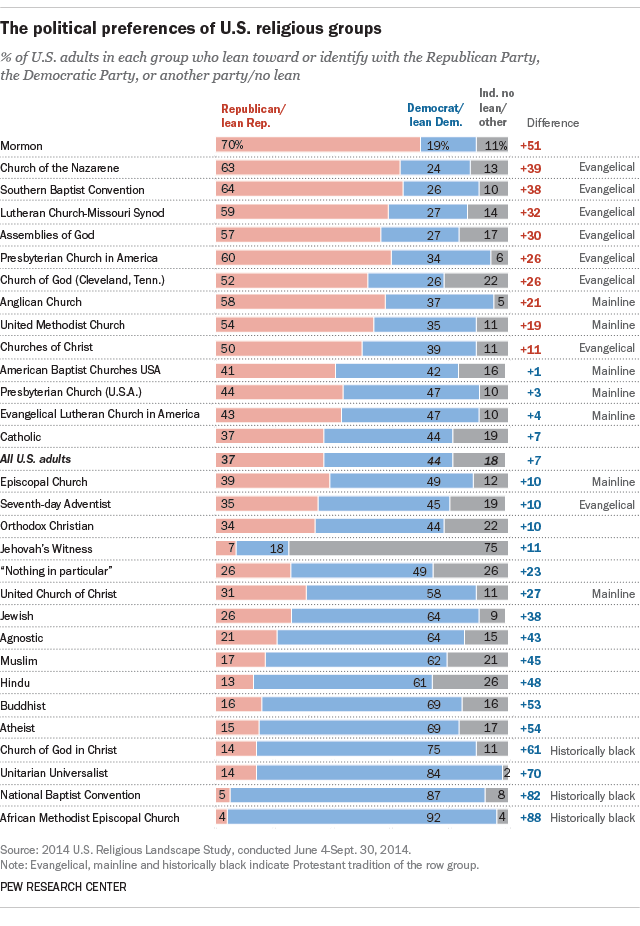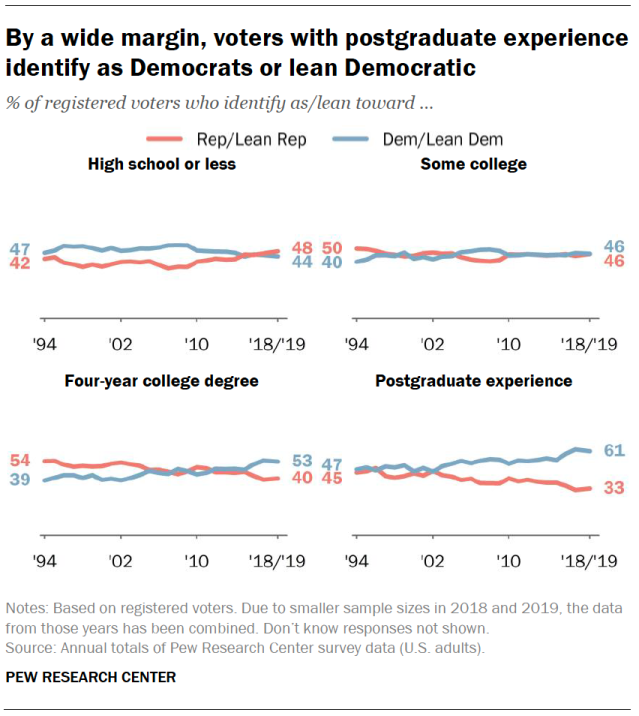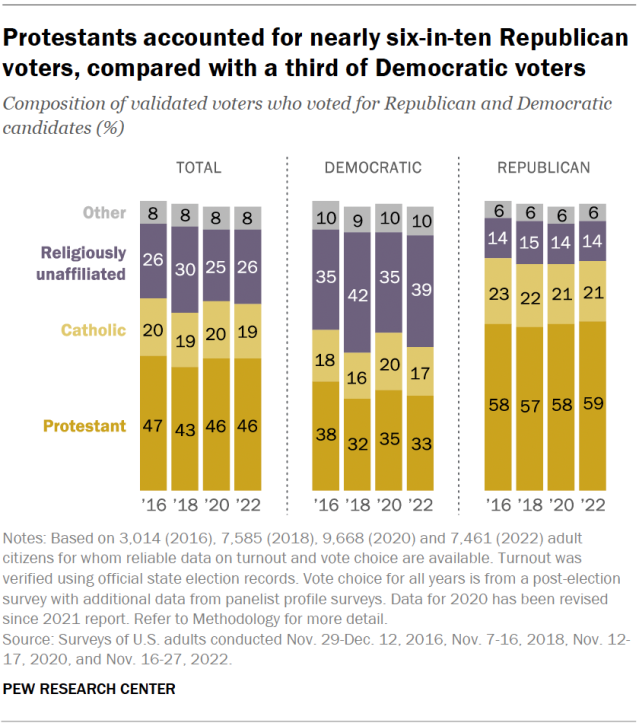Tenatative list for next week: you may trade times, but tell me.
- Daphne Achilles
- Cary Dornier
- Sascha Douglass
- Kirby Kimball
- William Parker
- Nick Teresi
- Alec Vercruysse
- Luke Williams
- Melinda Ximen
- Camille Doherty
- Nichole Jonassen
- Michaela Jones
- Madison Lewis
- Ria Passi
- Zachary Torrey
- Rachel Wander
- Nathan Worley
- Andy Xu
Red states with Democratic governors:
- Kansas (Laura Kelly)
- Kentucky (Andy Beshear)
- Louisiana (John Bel Edwards)
- Maryland (Larry Hogan)
- Massachusetts (Charlie Baker)
- Vermont (Phil Scott)
We cannot absolutely know that all these exact adaptations are the result of preconcert. But when we see a lot of framed timbers, different potions of which we know have been gotten out at different times and places and by different workmen,- Stephen, Franklin, Roger and James, for instance-and we see these timbers joined together, and see they exactly make the frame of a house or a mill, all the tenons and mortieses exactly fitting, and all the lengths and proportions of the different pieces exactly adapted to their respective places, and not a piece too many or too few-not omitting even scaffolding-or, if a single piece be lacking, we see the place in the frame exactly fitted and prepared to yet bring such piece in-in such a case, we find it impossible not to believe that Stephen and Franklin and Roger and James all understood one another from the beginning, and all worked upon a common plan or draft drawn up before the first lick was struck.
- John Danforth
- EEOC & speechwriters
- John Eastman
- Virginia Thomas


.png)








